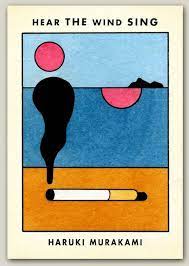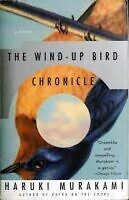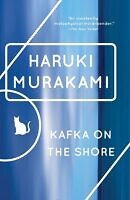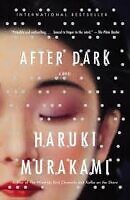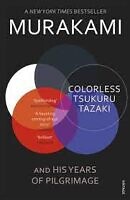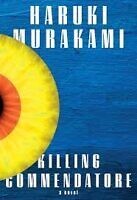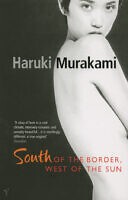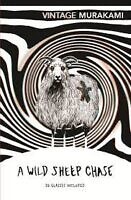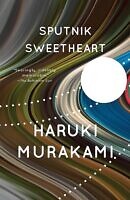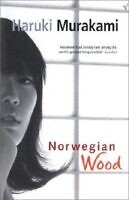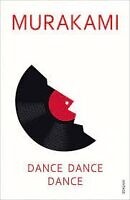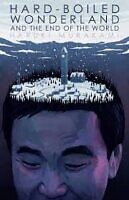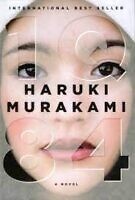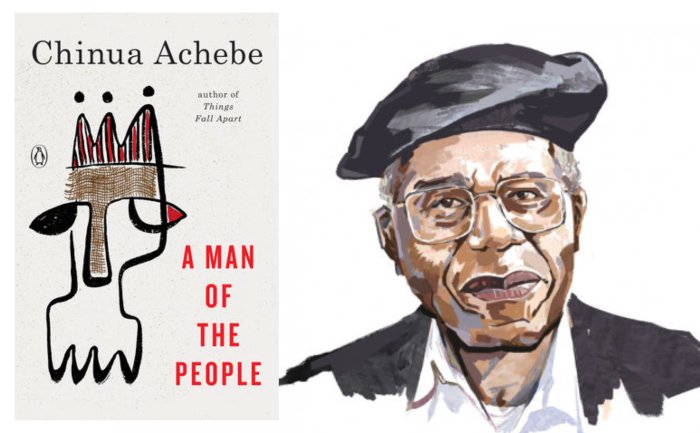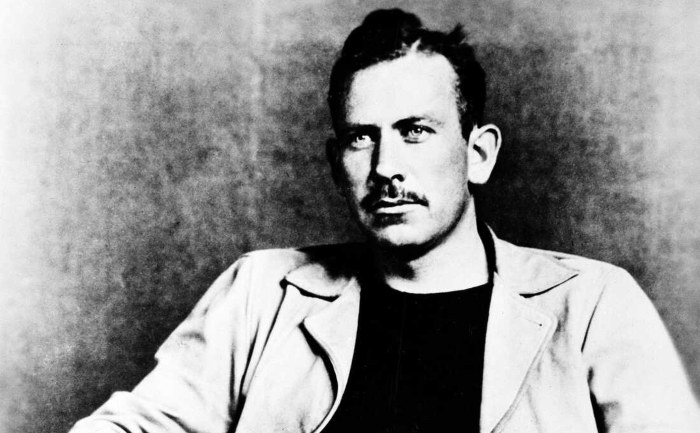Ranking Haruki Murakami’s Novels
 haruki murakami
haruki murakami
Let’s start by saying we’re huge fans of Haruki Murakami’s work here at Quizlit. So this wasn’t actually very easy to come up with, as they are all are great reads. With that being said here’s our rankings for the Best Haruki Murakami Books to Read.
(Note this list only includes the novels, we’ll leave the short story collections and non-fiction for another day) The reading list goes from worst to first. Enjoy!
This post may contain affiliate links that earn us a commission at no extra cost to you.
Pinball 1973
Pinball 1973 was Murakami’s second book. It’s a tale about a disinterested man trying to rediscover himself by resurrecting the pinball machine he used to play. While it has more of a plot than his first book and you can see his writing starting to blossom, it doesn’t quite hold up against his later work
Hear the Wind Sing
Murakami’s first novel Hear the Wind Sing first appeared in Gunzo Magazine in 1979. Reportedly Murakami later confessed he didn’t like it. It was only released on a limited basis outside Japan after the success of his later novels. Despite that it’s very readable, you can see his talent and you can tell its a Murakami book.
The Wind-Up Bird Chronicle
In a Tokyo suburb a young man named Toru Okada searches for his wife’s missing cat. Soon he finds himself looking for his wife as well in a netherworld that lies beneath the placid surface of Tokyo. As these searches intersect, Okada encounters a bizarre group of allies and antagonists: a psychic prostitute; a malevolent yet mediagenic politician; a cheerfully morbid sixteen-year-old-girl; and an aging war veteran who has been permanently changed by the hideous things he witnessed during Japan’s forgotten campaign in Manchuria. The English translation condensed 3 volumes in 1 and chunks of the story got cut, which spoiled the book a little.
Kafka on the Shore
This might be controversial, but Kafka on the Shore is a difficult read. One of the deepest books in modern fiction, Kafka on the Shore revolves around a teenage boy Kafka Tamura and an elderly librarian Nakata, who lost his higher cognition in an unusual childhood incident and now searches for missing cats. As they unravel, these two odysseys begin to intertwine and connect. Thought provoking and full of riddles, you might need to read it twice!
After Dark
After Dark is a spellbinding story about the uncanny hours between midnight and dawn. The novel starts with a 19-year-old Mari Asai coming across a young man in Denny’s. As the story unfolds, Mari goes on to encounter several other people, including models, thieves and musicians and hangs out in a love hotel, all in one night in an almost fantastical Tokyo. The ending of the book was not to everyone’s taste.
Colorless Tsukuru Tazaki and His Years of Pilgrimage
Colorless Tsukuru Tazaki and His Years of Pilgrimage is about a 30-something man looking back at his teenage years, trying to understand why his childhood friends turned their backs on him. He eventually embarks on a journey to question his former clique and discover his unknown crime. His quest for those answers takes place both within dreams and for real, as he travels around playing detective into his own life.
Killing Commendatore
The story follows the adventures of a portrait painter who sets off on a chain of strange events after stumbling across a peculiar painting in the attic of the home of a famous artist Tomohiko Amada. To put an end to the strange happenings, the painter must go on a journey with a bell that rings on its own, a teenage girl, a World War II Nazi assassination and a businessman.
South of the Border, West of the Sun
This novel tells the story of lonely only child Hajime, who has an intense but platonic friendship with Shimamoto, a girl sticken with polio. When their families move away, they lose touch, and Hajime goes on to build a thoroughly conventional and successful life. Then Shimamoto suddenly reappears, and their connection reignites so powerfully Hajime abandons his settled life behind in order to join her on a mysterious journey. They have a brief, steamy affair, and then she vanishes again, leaving Hajime to return to a life he thought he’d escaped.
A Wild Sheep Chase
A story about a man who takes on a soulless corporate empire with infinite money and power shouldn’t be this fun, but the sheer joy Murakami seems to take in telling it shines through. Ostensibly a mystery in which an advertising executive is ordered to locate a very special sheep based on a photograph, it riffs on the hardboiled detective genre. And while it starts out as a high-stakes romp, by the end it deepens into a beautiful, deeply sad story of trauma and lost things.
Sputnik Sweetheart
Sumire is a fledgling novelist working odd jobs when she meets Miu, a mysterious businesswoman who offers her a part-time job and movie-montage-worthy life makeover. They fall in love and jet off to Greece for a working holiday, from which Sumire disappears. The narrator, a friend of Sumire’s, joins the search party and picks up clues in Sumire’s writing.
Norwegian Wood
Perhaps the most normal Murakami books as it lacks the magical and surreal elements of his other work. Set in 1960s Tokyo, this nostalgic story involves Toru Watanabe, his first love Naoko who’s the girlfriend of his best friend Kizuki, and a young woman Midori, who is Toru’s probable future. The book is a blending of Beatles music, a young man’s love, sexual desires and his dilemma of choosing between his past and future
Dance Dance Dance
Dance Dance Dance is the sequel to A Wild Sheep Chase, although both can be read on their own. Here, our still nameless protagonist returns to the place where he met the lady with the impossibly magnificent ears in the first installment, and where yet more mystery (involving murder, and a teenage girl who discusses death as if she’s talking about the weather) awaits him in this unforgettable wonderland of a tale.
Hard Boiled Wonderland and the End of the World
As the title suggests, this book has two converging tales— a somewhat believable myth, and a surreal reality. One in which a Calcutec in a near-future Japan uses his subconscious mind as an encryption key, and the other where an unnamed narrator is entering a place known only as The Town, a settlement surrounded by an impenetrable wall in which no one is allowed to have a shadow, or a mind.
1Q84
Set in an alternate 1984, the story, at its core, explores the idea that a single decision or action can change an individual’s future. It involves a fringe religious cult, a personal trainer named Aomame who hunts and assassinates men who abuse women, a mathematical genius named Tengo who writes ad copy, and the parallel worlds in which they find themselves.
The novel deals in doubles, exploring the conflict between the rigid rules of religion and the often fluid impulses of our inner selves. Although it’s dense and complex, at its core it’s a surprisingly light love story, as Aomame and Tengo realize they shared a single moment long ago that has marked them ever since, and is so powerful it’s drawing their two worlds together.
If you know your Murakami books then give our Murakami Quiz a try









